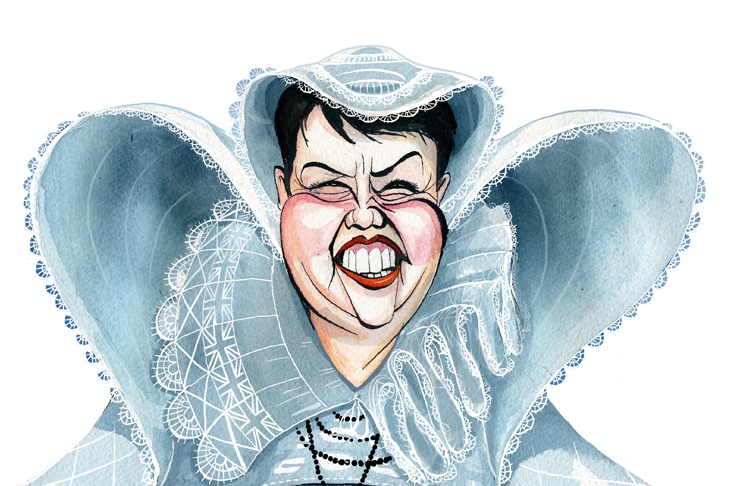Twenty years ago, Conservatism all but died in Scotland. Tony Blair’s landslide victory made Scotland, at least in terms of its Westminster representation, a Tory-free zone. At no point since has the party won more than a single Scottish seat, and the last time the party won more than a quarter of the Scottish vote, in 1983, its current leader, Ruth Davidson, was four years old. Two years ago, the Tories won just 14 per cent of the vote, an even worse result than 1997. This seemed to fit a broader narrative: Toryism had been beaten back into England, a sign of the union’s exhaustion and a Scotland moving inexorably towards independence.
How different it all looks now. The most recent opinion polls in Scotland suggest the Tories could win as many as one in three ballots cast on 8 June. One opinion poll even suggested that, albeit on a uniform swing, the party could win as many as a dozen Scottish seats — including Moray, seat of the SNP’s Westminster leader Angus Robertson. In an era where elections are delivering extra-ordinary results, one might just be a stronger union and a strange rebirth of Scottish Conservatism.
The general election here is a very different beast to the one taking place in England. The Scottish Tories do not talk very much about the need for a ‘strong and stable’ government. Nor do they warn voters about a vanishingly improbable ‘coalition of chaos’ that would arise were the SNP to prop up a Labour government. With a Tory majority at Westminster all but assured, it is little surprise that the latest episode of the battle for Scotland should become a matter of greater interest.
Just as it remains hard to imagine how the SNP could have risen to its current state of supremacy without Alex Salmond, so it is difficult to underestimate Ruth Davidson’s importance to the Scottish Tory revival.








Comments
Join the debate for just £1 a month
Be part of the conversation with other Spectator readers by getting your first three months for £3.
UNLOCK ACCESS Just £1 a monthAlready a subscriber? Log in